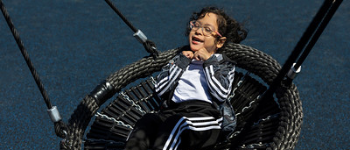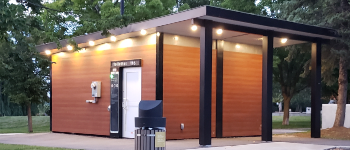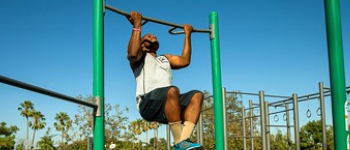The Most Important Playground Safety Features to Look For
Jan 24







Apr 10
To ensure children’s safety on the playground, it is important to recognize different hazards, common sources of injury, and how to mitigate situations. Guidelines set up by the U.S. Consumer Product Safety Commission (CPSC) help parents, caregivers, and education personnel create playground environments that are safe and inviting to all.
A recent study of playground equipment-related incidents found that 44% of treated emergency room injuries came from falls. The Centers for Disease Control and Prevention also found that emergency departments see more than 20,000 children annually for playground-related traumatic head injuries.
Because children can be expected to use playground equipment in unintended ways, adult supervision is recommended. Supervisors should be aware that not all playground equipment is appropriate for all children as different age groups differ in size, ability, intellect, and sociability.
Supervisors should always stay aware of playground equipment upkeep and maintenance requirements. If equipment is found to be unsafe, report the problem to the park district or school to prevent any possible injuries.
By being aware of the hazards and conditions of playgrounds, supervisors can bring a greater level of safety to their children. In both public and private playground settings, it is important to supervise children’s safety while still encouraging them to explore and develop. All playgrounds present some challenges, but being attentive and mindful will ensure all children’s safety during play.